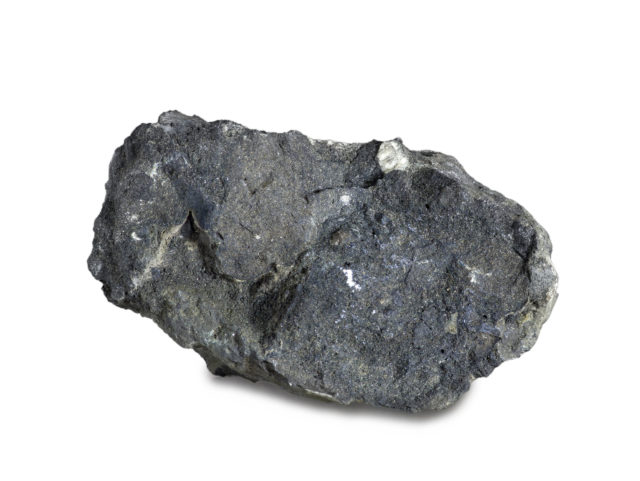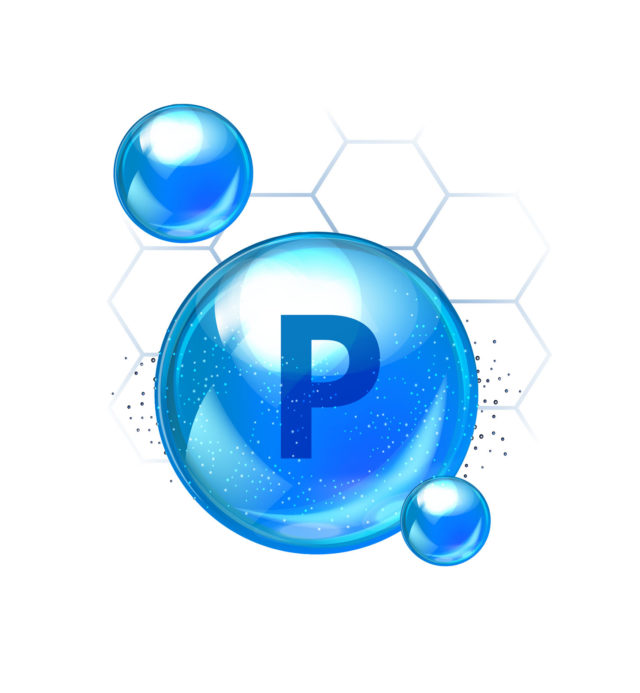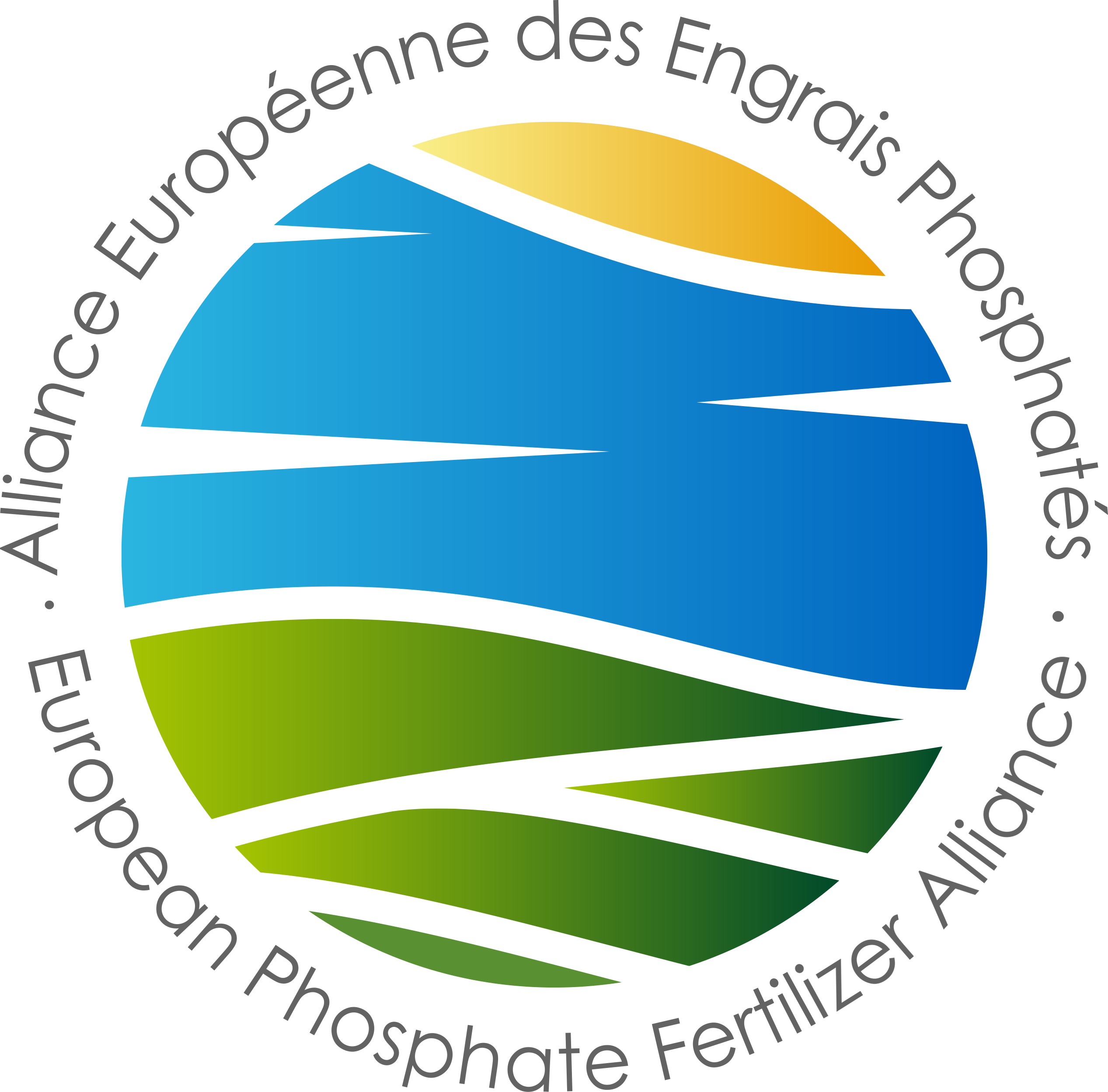Production
Warning: count(): Parameter must be an array or an object that implements Countable in /wp-includes/post-template.php on line 284
The main source of phosphorus for fertilizers – and so far the only source realistically used by the major of industry – is phosphate rock. Phosphate rock is a mineral mined, mostly outside of the European Union and either imported into the European Union as rock, or further processed abroad and brought the European Union as a semi-product: phosphoric acid, MAP/DAP or a finished NPK.


THE FIRST
route treats phosphate rock with sulfuric acid to create phosphoric acid, which is then used to produce MAP or DAP. These can be used as the final fertilizer, or as input for NPKs. The main downside of this process is that some phosphogypsum is created as a by-product, which raises environmental concerns and also some phosphorus is lost. The main benefit of this route is that it includes an intermediate stage where phosphoric acid is formed, which currently is the only potential moment where decadmiation technologies could possibly be applied to remove cadmium.
THE SECOND
route also uses sulfuric acid, but in smaller quantities in relation to phosphate rock, which results in superphosphate (SSP) or triplephosphate (TSP). These can be used as final fertilizers, or as inputs for NPKs.
THE THIRD
route is the so-called nitrophosphate route, which consists of treating phosphate rock with nitric acid to obtain compound fertilizers. Phosphoric acid and calcium nitrate are formed as intermediary products, which then react. There are generally two variations of this process (“Odda” process or mixed-acid process).

Many phosphate and NPK manufacturers are currently working on alternative methods to obtain phosphorus, including recovery of phosphorus from organic and waste materials (bones and meat-industry waste, sewage sludge, and others). However, there is yet no ongoing large-scale production of fertilizers from such sources.
Although traditionally, phosphate and NPK producers purchase phosphate rock to produce fertilizers, in recent years some of them have – for numerous reasons (price, environmental or others) – suspended or abandoned purchases of phosphate rock and have chosen instead to purchase phosphoric acid instead. Some of them have even temporarily decided to move even further downstream and purchase MAP or DAP.
